The discussion of good anime can be difficult for fans to discuss with others. Since there is so much anime across every genre imaginable. The complexities of different animation, plot, and soundtrack add to this difficulty. This leads to anime watchers possibly finding themselves disappointed in the supposed “best anime ever” recommended to themself.
This guide is intended to be a good reference tool for the beginner to the very senior anime watcher. Hopefully, it accomplishes just that.
Purpose of this guide
This guide is geared to help qualify what makes an objectively good anime versus what makes an anime simply enjoyable. This guide, the anime watcher, can hopefully find themselves giving better anime recommendations and reviews of anime to fellow friends, otakus, and weebs.
However, this guide can be adapted and referred to for other forms of watchable media. This can also provide insight on how to critically analyze whether a piece is objectively good or objectively bad.
Definitions
There are two phrases I will be mentioning frequently in this guide, objectively good and objectively bad.
An objectively good (OG) anime is one with a high chance of being enjoyed by a person who has never seen it before. These anime excel in animation, plot, setting, and soundtrack.
An objectively bad anime is one with a low chance of being enjoyed by a person who has never seen it before. Often, it lacks in animation, plot, setting, and soundtrack.
My Criteria for Rating Anime
Here is my criteria for rating anime series:
- Animation
- Plot
- Setting
- Soundtrack
Animation
The first criteria for an anime viewer is the animation.
To be clear, although animation may contribute greatly to the enjoyment of an anime; the animators are often not paid enough and forced to work long hours. If an anime comes from a studio where resources can be allocated for quality animation, but the animation is subpar, critique it. But, if the animation comes from a smaller studio, and the animation is subpar, it should not be slammed for poor animation due to the lack of (likely) available resources. That being said, if a studio, team, or individual produces a beautiful piece of animation, praise it.
An anime viewer does not need to actively ask themselves whether or not the animation was well-done. The viewer should take note of when an anime’s animation ruins their experience of watching the anime itself. One experience could be noticing that the faces of characters within an anime, don’t move except for when the mouth is talking. An example would be like in season one episode 36 of Pokémon: Indigo League.

Another example can be when 3D animation presents itself as a sore thumb in 2D animation. For example, in Pokémon the Movie: Kyruem vs. The Sword of Justice, the rocks turning into 3D suddenly and falling indeed sticks out and brings the viewer out of the story being presented. A plethora of scenes may be originally designed in 3D but presented in 2D. It‘s important for the anime fan to do research before critiquing an anime for improper utilization of 2D and 3D scenes. Because as previously noted, the animation industry itself is often unfairly cutthroat.
Part of the charm of anime is how intensely stylized it can become in the hands of its creator. The anime watcher should attempt to adapt to a style that may seem unusual at first before dismissing it. Using these notes, it should be safe for the viewer to assume that 3D in 2D animation is often done poorly. This is not the case, Land of the Lustrous provides many beautiful fight scenes, scenery, and world building in 3D.

Keeping these notes about whether an anime has unsightly animation is easier than it seems. For most of it, the viewer will find themselves questioning why an object, character, etc. seems out of place. Objectively good animation can be almost as easy to spot as well.
Objectively Good Animation
After viewing the animation, the anime viewer should look for the OG animation within the piece the viewer is watching. Good animation, unless highly stylized, is often seamless. The viewer does not need to look for good animation and should focus on when they notice objectively bad animation. An example of good animation can be seen in Attack on Titan season 3; with Mikasa flying around with her ODM gear.
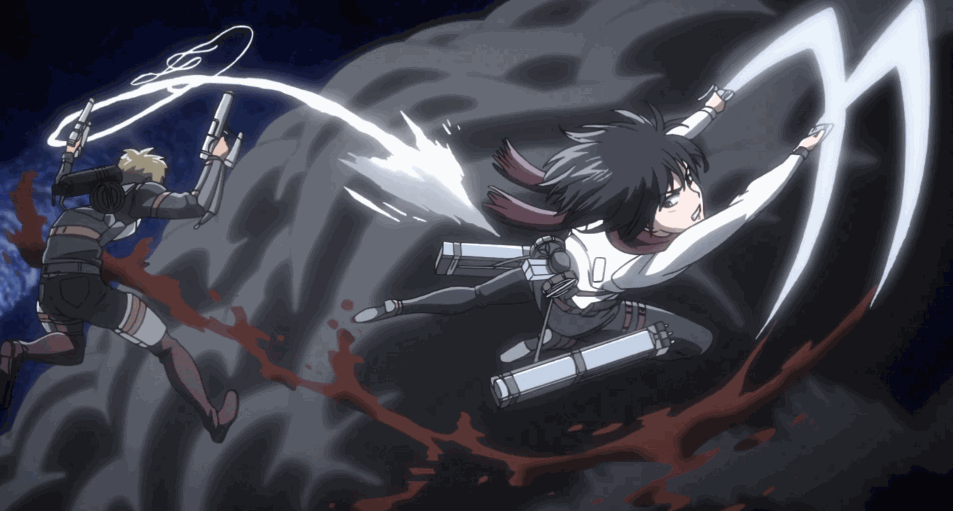
OG anime, seamless animation is often more apparent after the anime piece is finished. It is tiring for the anime viewer to actively watch for animation flaws especially when the animation is well-done. This is why it’s recommended for the anime fan to simply sit back, relax, and enjoy the anime piece. While taking note on whether the animation took them out of the moment the show was trying to create
Objectively Good Plot
An anime can have the highest budget and have beautifully stylized animation, but that means nothing without a good plot. An objectively good plot may leave the anime watcher on their toes, begging for the next episode to air. It also fleshes out the characters, establishes a unique setting to the anime, and ties up any loose ends in regards to whatever the conflict in the anime might be.
Characterization
Fully fleshed out characters each have their own personalities, hopes, dreams, and aspirations. If a character has none of these, they are milquetoast and dull. Boring characters often repeat the same unfunny jokes in an attempt to elicit usually unneeded comic relief within an anime. An example of this may include a character who’s the whole purpose is to react to women with a nosebleed.
Objectively good characters always seem to have more to them than meets the eye and actively improve and learn from mistakes.
Character Design
Character design is also important. It can be distracting when the main character is designed well, but the other side characters are too plain looking in comparison. An example of this is Gasai Yuno from The Future Diary. She is obviously one of the main characters with her hair and leaves her initial introduction less than surprising for the anime fan.

It is also important to recognize that even ugly characters deserve an award for being designed well. If characters are so grotesque that the anime watcher finds themselves wishing for the character to disappear from the show. Even if it may harm the plot, then that character is designed as cute, cool, or edgy characters.
A personal example of a well-done ugly character is Shigekiyo “Shigechi” Yangu from JoJo’s Bizarre Adventure: Diamond is Unbreakable.
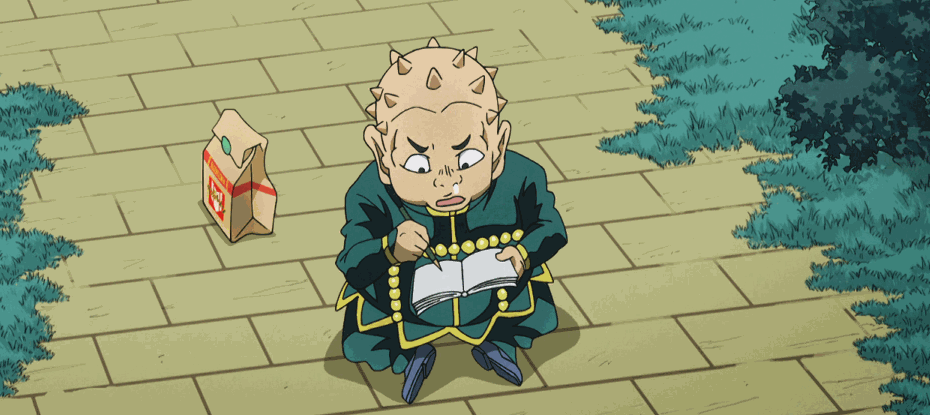
Voices and Translation
You may find trying to emulate the classic laugh from Spongebob Squarepants may be hard to do. The voice acting takes a lot of training and skill to do well, like; the screams from Dragon Ball Z or high pitched, slightly scratchy voice of Ash Ketchum from Pokémon.
Good voice acting is apparent when every character has a unique tone to their voice. So the anime watcher may differentiate between other characters even when only listening to the anime. The voices of characters will often match their personalities and be cognizant of a character’s age.
The conversation between anime watchers, on watching English subtitled anime versus English dubbed anime is usually a personal preference. But usually, one version of the anime has much more expressive voices than the other. However, the anime watcher should not immediately discount one or the other as anime like My Hero Academia has a great sub and dub available.
Translation
Most anime is translated from Japanese, and it can be easy to spot translation errors or localization of translations. Translation errors convey an idea presented from Japanese to the new language incorrectly. Localization of translations is intended for the new, foreign audience to understand and enjoy the anime; as much as the original script would have for people watching the original untranslated version.
Unfortunately, localization of translations often; change the plot, erase entire main characters, or are simply awkward to read if watching sub or listen to if watching dub. An example of localization of translation not boding well is in Food Wars! Shokugeki no Soma. In Japanese, the food-based club is called “Bowl-Soc,” while in the English dub it is translated to “Bowl Club”. “Bowl Club” translates awkwardly. Is this a club about making food or making bowls?

The English dub calls it “Bowl Club”

The English sub calls it “Bowl-Soc”
Translations do not have to be perfect. The anime fan must understand that for the most part translators do their best to convey the same feelings, plot, and representation in the subtitles or dubbed language. If an anime watcher finds themselves confused by the wording whether it be subtitles or a dubbed language; then it’s safe to assume that the translation is off and to switch to either subtitles or a different dubbed language.
When discussing with others who is the best character after reading this guide, the anime fan can now assert that their character is the best because they are fully fleshed out, designed well, and have a great voice.
Setting
A good character cannot thrive in a bad setting. A setting is the location an anime takes place. The anime viewer should feel immersed into the setting as the anime progresses and continues to establish just where the anime takes place.
Creative camera angles, purposeful color schemes, and stylization can make places that may seem boring into a setting like a magical land be just as interesting. An example of this is the orphanage in The Promised Neverland.
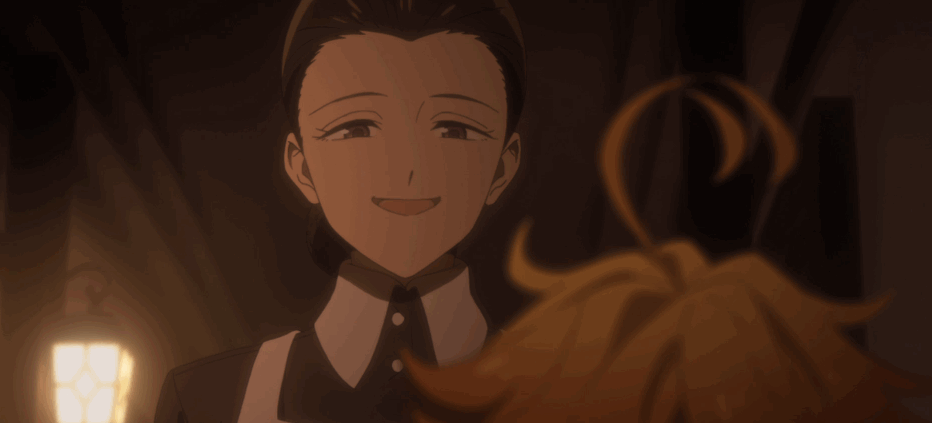
A good setting is often paired with a good plot. However, it always suggests for the anime watcher to look out for loose ends in the plot.
Loose Ends
After proper characterization and a setting is established, loose ends often quickly follow as the plot progresses. An easy way to figure out if the anime ties up loose ends to the plot is to simply ask oneself if all questions were answered. Example questions include:
- Did the main character(s) achieve his, her, or their goal?
- Were there any instances where the main character(s) seemed to undergo suspicious conveniences (i.e. finding the most overpowered sword on the ground, winning the lottery after playing once, discovering an overpowered ability easily) that led to a sudden stop on further progression of the plot?
- Is it established what happened to the main character(s)?
- Does the main character(s) survive situations or win every conflict even though he/she/they were not qualified to survive or win?
If the main character(s) achieved their goal; did not undergo a suspicious convenience of sorts, have an established ending, and do not survive every trifling conflict or situation, then the anime viewer can safely establish that the plot was sound. If the viewer has questions, then it’s safe to assume the anime has loose ties.
Some loose ties within the plot are expected especially if the anime has more than one season in production. So the anime fan must be careful to differentiate between a loose tie, a cliffhanger, or symbolism in the next season of the anime.
Loose Ties vs. Cliffhangers vs. Symbolism
Now that you know the basics, it is important for the anime viewer to have knowledge of cliffhangers and symbolism.
Cliffhangers in anime are quite easy to spot. Imagine if a person in a show was literally hanging off a cliff. Then the rescue forces can be seen about to make contact with him, then the episode ends. So the viewer has to deal with not knowing whether or not the person was saved or not. The unresolved plot in a pivotal scene is a cliffhanger. Cliffhangers are very common in anime, soap operas, and movies.
While cliffhangers may seem annoying, they are responsible for keeping the anime watcher on the edge of their seats. Cliffhangers also help promote the next episode of the season in anime. Unlike loose ties, cliffhangers can add to the plot as long as the outcome of the cliffhangers are not obvious.
The anime fans may have to think back to high school English class in the figurative language to remember symbolism. Symbolism is prevalent in many anime whether it is obvious or subtle. Symbolism as defined by Merriam-Webster Dictionary as “…the art or practice of using symbols especially by investing things with a symbolic meaning or by expressing the invisible or intangible by means of visible or sensuous representations: such as… artistic imitation or invention that is a method of revealing or suggesting immaterial, ideal, or otherwise intangible truth or states…[or] the use of conventional or traditional signs in the representation of divine beings and spirits.”
Examples of everyday symbolism include; roses symbolizing love, popping champagne symbolizing victory or a new start, and a raised fist symbolizing resistance. While cliffhangers bring sudden excitement, symbolism within anime is often always present and may need a critical eye to spot. The symbolic nature of an object or a character within an anime is often up for interpretation by the viewer.
Symbolism does not always make sense at the moment it is presented within an anime. So it can be accidentally counted as a loose tie by an anime viewer. This, making it important for the viewer to not automatically discount an anime’s plot that might seem like a loose tie.
Judging the loose ties, cliffhangers, and symbolism within an anime is almost enough to establish whether it has an objectively good plot, but first filler episodes must be discussed.
Filler Episodes
Filler episodes are the bane of the anime watcher’s existence. They often prolong plot points that are unnecessary or somehow manage to stop the plot for an episode. One of the reasons, filler episodes are created, is to wait for the manga, the anime is based upon, to catch up to the show’s production.
The same jokes prevalent earlier in the anime season are also usually seen within a filler episode. These episodes make the episode not just pointless, but often unenjoyable.
Occasionally, a filler episode can be seen as beneficial when it prolongs or pauses the plot. When the filler gives insight, development, or a different point of view from a minor character or the opposition. An example of a well-done filler episode is season 2 episode 32 of My Hero Academia. Where the anime viewer gets to see a perspective of more minor characters including Froppy.
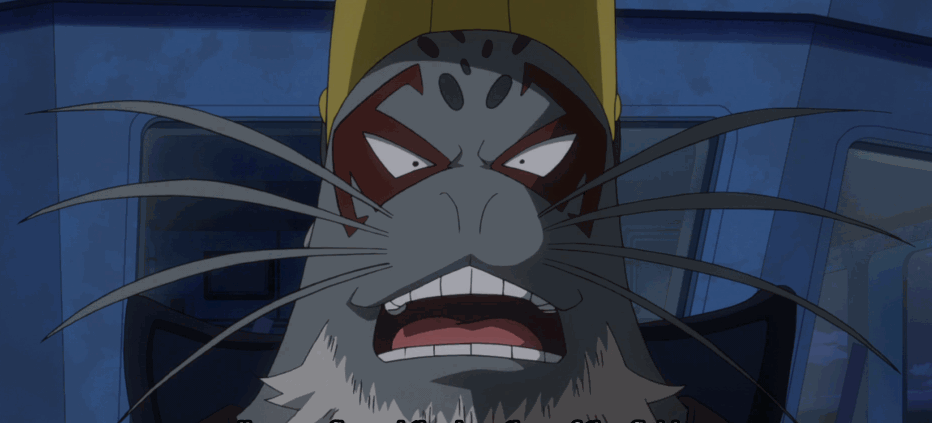
Filler episodes are to be avoided, and any anime with a vast amount of filler episodes are objectively not good. Anime plagued with filler, usually have easy to lookup fanmade guides. These guides explain which episodes, arcs, and/or seasons that can be skipped without confusing the viewer’s understanding of the plot. Some of these anime, usually with at least 100 episodes, are objectively good once the filler is skipped. Since the filler episodes are still present, the anime as a whole cannot be deemed as objectively good.
An anime plot while being full of cliffhangers along with subtle and obvious symbolism can be said to be OG.
Soundtrack
Part of what makes anything from movies to indie t.v. show pilots interesting is the soundtrack. Think of how less iconic Jaws would be without its signature repeating “Da-Dumms,” signifying danger nearby. Anime acts the same way. If the same song for an entire season of anime plays whenever danger is nearby, then the danger becomes less surprising and interesting to watch. Music along with sound effects can exemplify the emotions being presented in the moment in anime. Music and sound effects can be subtle, but if done well, they add to any anime.
Intro and Outro Songs
Anime often have an elaborate intro and outro songs that often change; at the end of a season, the midpoint of the season, or at the beginning of a new arc. While these songs do not add to the plot, they are fun to sing along or listen to too. Intro and outro songs can be better than the anime itself. Although they are an integral part of watching anime, they should be thought of as an added bonus to an anime. Anime music should not be the sole reason why anime is objectively good.
Objectively Good vs. Enjoyable
Everyone has a different scale for what “good” means. However, with these criteria in mind, anime watchers can better analyze every anime watched. Then the anime watchers can give better reviews and recommendations to websites and friends.
It is important to recognize that every anime does not have to be the be all end all. Anime can have bad animation, characters, setting, and soundtrack, but still, be fun and enjoyable to watch. Ghost Stories could be argued as being a poor English dubbed translation. However, Ghost Stories is a cult favorite among many people. Sword Art Online’s story has many loose ties, yet it also remains a favorite for many.
“Bad” anime is just like a poorly acted out reality t.v. show. It’s entertaining for the trash it produces, and fun to watch when needing to relax. Anime that does not fit all the criteria listed above can be called enjoyable, but not objectively good. However, if someone believes that an enjoyable anime is instead an OG anime, it is important to remember that everyone has different tastes and to not be elitist.
Conclusion
Everyone looks for something different in anime. These criteria are simply a way to attempt to qualify what makes an anime objectively good. So anime watchers can more easily and intuitively discuss their favorite shows with one another. If this guide helps anyone; critically watch their own favorite anime, recommend anime easier to others, or find anime that they enjoy more, then this guide has done its job.
Do you have your own set of criteria you use to rate anime? Do you have your own examples of any of the criteria listed? After looking back at your favorite anime, do you realize it is enjoyable instead of objectively good? Let us know in the comments or on Twitter @geekgalsco.
Read more of Emily’s articles here.
Sign up to get news, announcements, and other fun stuff straight to your inbox.
Featured image credit: Image via JapanPowered.com

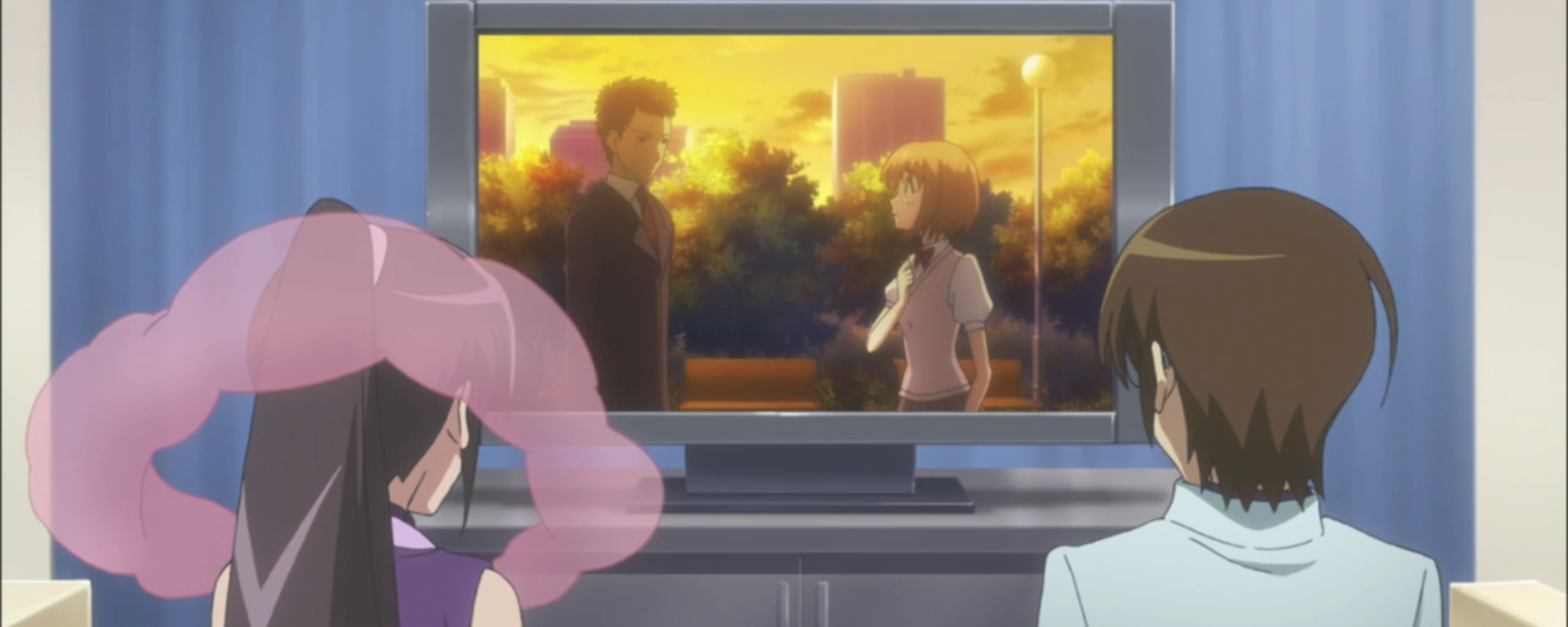
this is such a thorough criteria. I love it!
LikeLike
This was super helpful! Thanks!
LikeLike